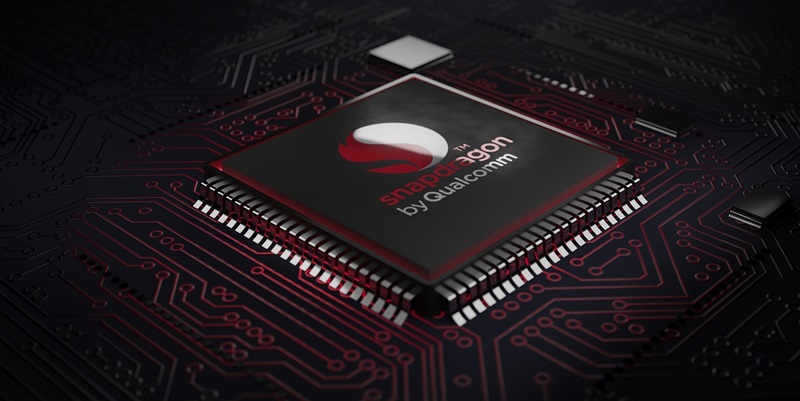The 2024 flagship smartphone rankings reveal a heated battle between Qualcomm’s Snapdragon and MediaTek’s Dimensity processors, as highlighted by AnTuTu’s latest performance evaluations. At the forefront of innovation, these chip manufacturers are pushing the boundaries of mobile performance. Qualcomm’s Snapdragon 8 Gen 3 processors dominate the top positions, with the Asus ROG Phone 8 Pro leading the pack with an impressive score of 2,113,236 points. Closely following is the RedMagic 9 Pro, showcasing the raw power and efficiency synonymous with Qualcomm chips. However, MediaTek’s Dimensity series is making significant strides, with the vivo X100 Pro powered by the Dimensity 9300 securing the fifth spot, marking a notable entry for the chipmaker in the high-end bracket.
This impressive showing by Snapdragon-powered phones is further solidified by the presence of devices like the iQOO 12 and vivo X100 Ultra in the third and fourth positions, respectively. Their strong performance is a testament to Qualcomm’s commitment to delivering top-tier processing capabilities, which are crucial for gaming, multitasking, and intensive applications. Yet, the competitive landscape is not without its surprises. The iQOO Neo 9S Pro, equipped with the newer Dimensity 9300+, ranks eighth, indicating that even within the same chip series, performance can vary. These rankings are based on at least 1,000 valid benchmark runs on AnTuTu’s platform, where factors such as operating temperature can impact scores, adding layers of complexity to performance evaluation.
Dominance of Snapdragon 8 Gen 3 Processors
Qualcomm’s Snapdragon 8 Gen 3 processors have reaffirmed their dominance in the flagship smartphone market, as evidenced by their prominent placements in AnTuTu’s rankings. Devices powered by these processors, such as the Asus ROG Phone 8 Pro and RedMagic 9 Pro, showcase remarkable performance metrics, setting high standards in the industry. Snapdragon’s prowess is not just limited to gaming benchmarks but extends to overall system responsiveness and efficiency, crucial for a seamless user experience. The focus on superior GPU performance and CPU optimization makes these devices highly sought after by consumers demanding the best from their smartphones.
This dominance is underpinned by innovative architectural advancements and efficient thermal management, ensuring that devices like the iQOO 12 and vivo X100 Ultra do not just perform well in benchmark tests but also maintain high performance under real-world conditions. The ranking methodology of AnTuTu, relying on extensive benchmark runs, helps provide a comprehensive picture of device performance, though it is crucial to consider that real-world variables such as software optimization and battery efficiency might result in variations not wholly reflected in synthetic benchmarks. The Snapdragon 8 Gen 3’s stronghold in the top echelons of smartphones underscores its critical role in shaping the future of mobile technology.
MediaTek’s Rising Challenge
MediaTek’s Dimensity series is making headway into the competitive flagship domain, challenging the established dominance of Snapdragon processors. The vivo X100 Pro’s fifth-place finish is notable for being the first Dimensity-powered device to infiltrate the top tier, driven by the Dimensity 9300 chip’s capabilities. This ascendancy is a clear signal that MediaTek is closing the gap with Qualcomm, leveraging its technological innovations to deliver high-performance solutions. The iQOO Neo 9S Pro’s eighth position, despite featuring the newer Dimensity 9300+, highlights variability within the same chipset series, suggesting different implementation factors can impact overall performance.
These advancements testify to MediaTek’s evolving strategies, focusing on both performance and power efficiency to attract a growing base of high-end users. The strategic deployment of cutting-edge features and improved thermal dynamics ensures that devices powered by Dimensity chips are no longer outliers in flagship rankings. As consumers become more discerning, favoring not only raw performance but also holistic device efficiency, MediaTek’s emphasis on balanced performance becomes critical. The strong entry of the Dimensity 9300 and 9300+ showcases MediaTek’s potential to disrupt Qualcomm’s longstanding dominance, promoting a diversified landscape in the flagship smartphone market.
Beyond Benchmarks: Holistic Evaluation of Smartphones
The 2024 flagship smartphone rankings from AnTuTu reveal a fierce competition between Qualcomm’s Snapdragon and MediaTek’s Dimensity processors. These evaluations spotlight ongoing innovations in mobile performance. Leading the charge, Qualcomm’s Snapdragon 8 Gen 3 processors secure top positions, with the Asus ROG Phone 8 Pro achieving an impressive score of 2,113,236 points. Closely behind, the RedMagic 9 Pro exemplifies the power and efficiency of Qualcomm’s chips. However, MediaTek’s Dimensity series is gaining ground, as demonstrated by the vivo X100 Pro powered by the Dimensity 9300, which clinches the fifth spot, marking a significant milestone for MediaTek in the premium segment.
Further solidifying Qualcomm’s dominance, devices such as the iQOO 12 and vivo X100 Ultra occupy the third and fourth spots, respectively. Their robust performance underscores Qualcomm’s dedication to top-tier processing capabilities essential for gaming, multitasking, and demanding applications. The competitive landscape remains unpredictable; the iQOO Neo 9S Pro, with the latest Dimensity 9300+, lands eighth, showing that performance can vary even within the same chip generation. AnTuTu’s rankings, based on over 1,000 valid benchmark runs, consider factors like operating temperature, adding complexity to performance assessments.

